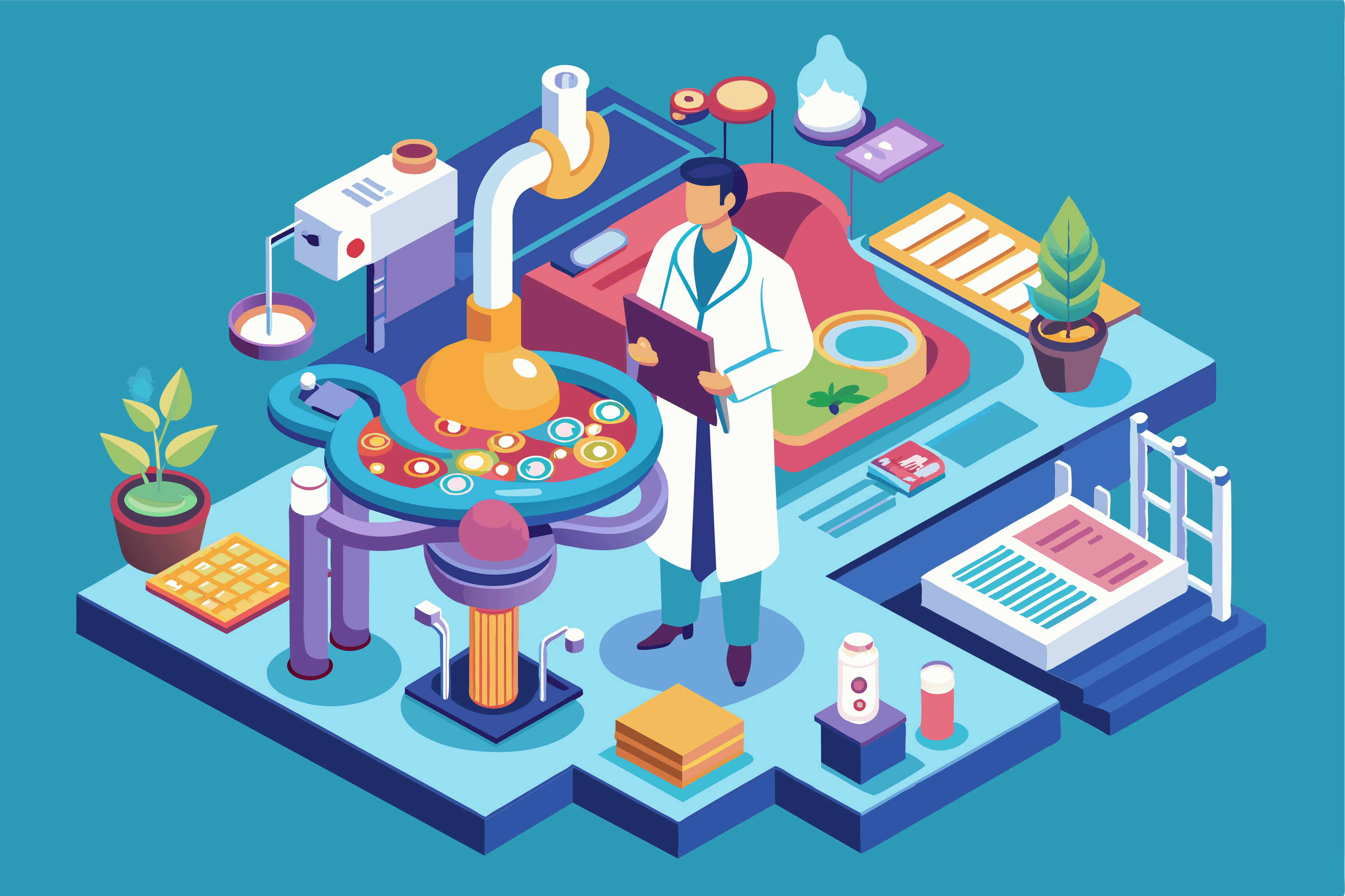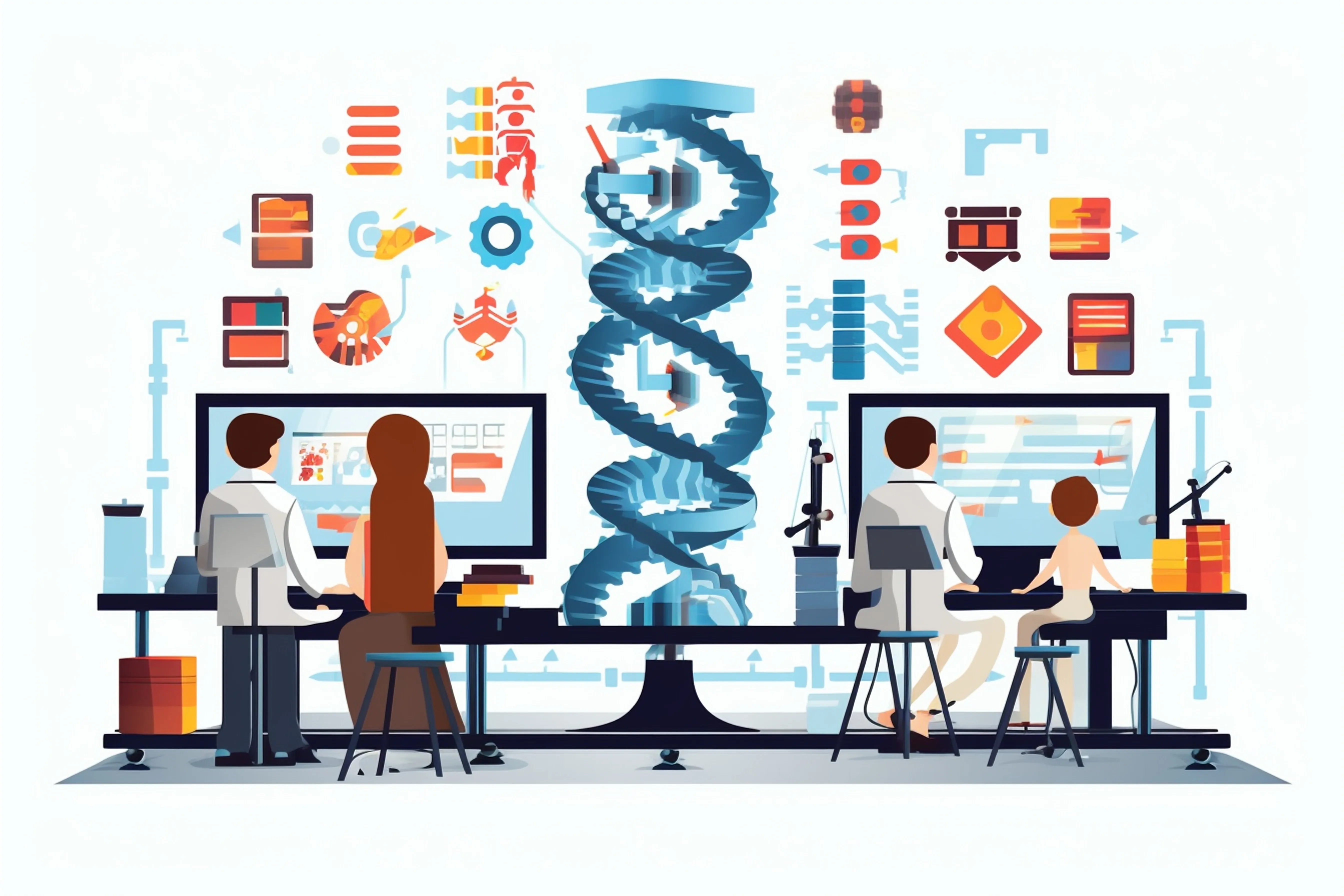The development of digital technology has brought about a significant revolution in the healthcare sector, with 3D printing emerging as one of the most innovative developments in this field. Primarily utilized in manufacturing and prototyping, 3D printing is currently playing a big part in the pharmaceutical industry. A new era of personalized healthcare is anticipated as a result of this technology, which promises to completely transform the production, customization, and administration of medications. In this regard, World BI arranges conference meetings between the Manufacturers and services companies to choose the right partner for your packaging product.
Evolution of 3D Printing in Healthcare:
- Using a digital file, 3D printing, commonly referred to as additive manufacturing, entails building three-dimensional items layer by layer.
- The technology was first applied in the aerospace and automotive industries before slowly finding its way into the healthcare sector.
- Its uses range from printing tissues and organs to making prosthetics and dental implants.
- In addition, the pharmaceutical sector has begun to use this technology to create 3D printed medications, which have many advantages over conventional drug production techniques.
Process of 3D Printing Medicines:
The Process of 3D printing medicines involves several key steps:
Digital Design:
- The first stage involves using specialist software to create a digital model of the medication. This model contains the exact drug's composition, size, shape, and dosage.
Material Selection:
- Choosing the right materials for printing is the next stage.
- These materials need to be safe for human consumption and compatible with 3D printing technology. They are frequently powders, gels, or liquids.
Printing:
- The medication is then constructed by the 3D printer layer by layer in accordance with the computer design.
- The exact control over the drug's content and structure is made possible by this procedure.

Post Processing:
- In order to guarantee the stability and efficacy of the medication, it may go through extra processing stages like drying, curing, or coating after printing.
Advantages of 3D Printing Medicine:
Several significant advantages come from using 3D printing in the pharmaceutical manufacturing process.
Personalized Medicines:
- The ability to customize 3D printed medications is one of their most exciting features.
- Physicians can customize the drug's dosage and composition to each patient's unique needs, enhancing therapeutic results and minimizing side effects.
Complex Drug Formulations:
- Using 3D printing, it is possible to create complex drug formulations that are either impractical or impossible to accomplish through conventional production techniques.
- This comprises mixtures of several medications in one pill or multi-layered pills that release the active ingredients at different times.
Fast Prototyping and Production:
- 3D printing saves a great deal of time and money by enabling new medicine development and production to proceed quickly.
On-Demand Manufacturing:
- By using 3D printing, medications may be created as needed, reducing the need for bulk production and stockpiling.
- This is especially helpful for medications with a short shelf life or in emergency situations.
Challenges & Considerations:
Despite its numerous benefits, the implementation of 3D printing in pharmaceutical manufacturing is not without challenges:
Regulatory Approval:
- The regulatory environment for 3D printed medications is currently developing.
- Ensuring the safety, efficacy, and quality of these pharmaceuticals necessitates extensive testing and adherence to regulatory standards, which can be time-consuming and costly.
Material Compatibility:
- Finding materials that are both compatible with 3D printing technology and appropriate for pharmaceutical applications might be difficult.
- These materials must be safe, functional, and durable under a variety of situations.
Technical Limitations:
- High-quality pharmaceuticals require precise and accurate 3D printing technology.
- Any technological restrictions or faults in the printing process may have an impact on the drug's safety and effectiveness.
Cost:
- While 3D printing has the potential to lower manufacturing costs over time, the initial investment in technology and equipment might be significant.
Case Studies & Applications:
Several significant cases demonstrate the potential of three-dimensional printed medicines:
Spritam:
- Aprecia Pharmaceuticals' Spritam, the first 3D-printed pharmaceutical, was authorized by the US FDA in 2015.
- Spritam is an anti-seizure drug that uses 3D printing to make a porous, quickly dissolving tablet, making it easier for patients who have difficulties swallowing to take their medication.
Personalized Pollypills:
- Researchers are using 3D printing to make tailored polypills that combine many drugs into one pill.
- This method helps simplify drug regimens for people with chronic diseases, hence boosting adherence and overall health results.
Oral Films & Dissolving Strips:
- Oral films and dissolving strips are also being created via 3D printing, which delivers medication directly into the circulation via the mucous membranes of the mouth.
- These medications can have a speedier onset of effect and are especially beneficial for patients who have difficulties swallowing pills.
Future of 3D-Printed Medicines:
The future of 3D printed medications seems bright, with ongoing research and development aimed at overcoming current obstacles and broadening the technology's applications. Possible future directions include:
Advanced Personalization:
- As our understanding of genetics and personalized medicine grows,3D printing will play an increasingly important role in developing highly individualized medicines based on an individual's genetic profile and specific health needs.
Bio-Printing:
- Aside from traditional pharmaceuticals, 3D bioprinting has the ability to manufacture tissues, organs, and potentially entire biological systems.
- This technology has the potential to change organ transplantation and regenerative medicine by solving the donor organ scarcity and increasing patient outcomes.
Global Health Impact:
- 3D printing has the potential to democratize access to life-saving pharmaceuticals, particularly in low-income countries, facilitating on-demand manufacture of medications.

World BI Pharma Packaging & Labelling Conferences:
3D printed medicines are a new and exciting branch of digital healthcare that provides unprecedented opportunities for personalization, efficiency, and innovation in the pharmaceutical industry. While there are challenges ahead, the potential benefits of this technology are enormous. As research and development advances, 3D-printed medicines have the potential to transform the way we think about drug manufacturing, delivery, and patient care, paving the way for a more personalized and effective healthcare system. Exclusive gatherings are organized by the Pharma Packaging and Labelling Conference, which provides a platform for distinguished executives, Chief Marketing Officers (CMOs), and Vice Presidents (VPs) from different companies to come together with the common goal of promoting worldwide knowledge. Give us a call, message or email at World BI.
We look forward to assisting with all of your packaging needs.